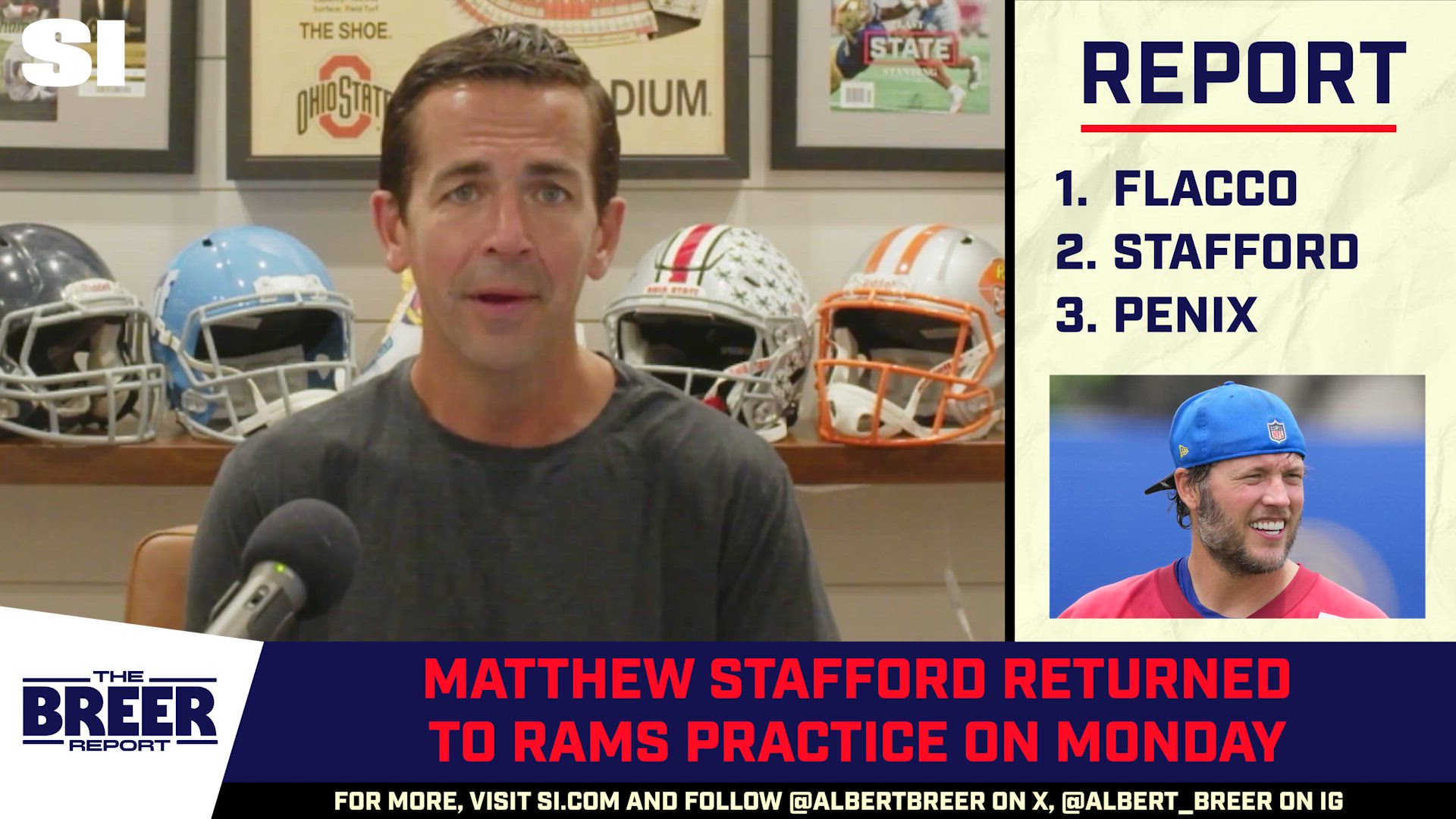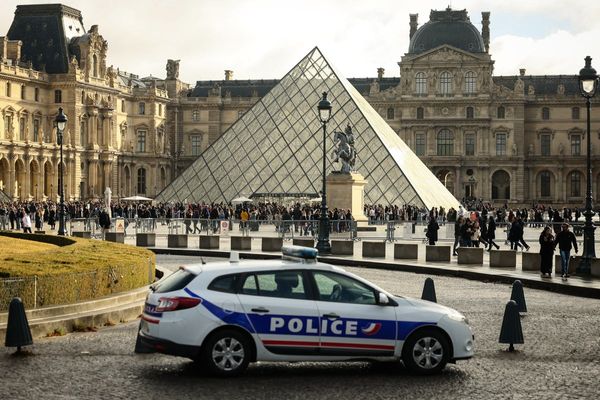

The Colts are officially rolling with Daniel Jones as QB1, a move that carries the permanence of Alaskan sunshine during polar night. Anthony Richardson will almost certainly play at some point in 2025, even though coach Shane Steichen told reporters Tuesday that Jones’s appointment was for the entirety of the season—because, ultimately, desperately playing the hot hand is the only method the Colts have at their disposal to heave themselves into the playoffs. Also, anyone who has seen Jones this preseason can attest that he still looks a little bit like the player we last saw in East Rutherford trying to emerge from his shell (though, in fairness to Jones, his second preseason performance, in which he actually started the game, saw him look far more confident and decisive than the week before).
But that doesn’t mean the Colts’ decision won’t have a lasting effect on the NFL. In the way that Urban Meyer and Matt Rhule completely soured the league on college head coaches for a period of time, Richardson will undoubtedly change the way we look at raw tools and low reps in college quarterback prospects. The revolution of experience is upon us, thanks to a forever-open transfer portal in college. Richardson, like Trey Lance before him, will have to make up the learning curve as a backup.
If the 2024 rookie quarterback class becomes the gold standard it appears to be after one season, the story will be that Jayden Daniels played in 55 college games before getting drafted at age 24. Bo Nix played in 61 and threw nearly 2,000 passes at Oregon and Auburn before getting drafted by the Broncos.
Richardson and Lance had 43 games between them in college, and a mere 711 attempts. Lance was taken with the third pick in 2021, while Richardson was the No. 4 selection two seasons later. Two quarterbacks drafted in the top four had roughly a third of the live game experience Nix did coming out of school. And the reason to bypass that experience was obvious. Those inside the 49ers have said that Kyle Shanahan believed Lance’s athleticism would diversify his oft-copied scheme and make it harder to defend. He also believed that Lance could quickly pick up the Shanahan rules and become a fast processor.
On draft night in Indianapolis a few years later, Colts GM Chris Ballard said something similar, noting that he didn’t want to see Richardson become a star somewhere else. Though in the team’s own in-house documentary about the pick, Ballard seemed to acknowledge the risk by saying, “Sometimes you just gotta take a shot at it.”
The difficulty of being a cautionary tale is that you won’t know you are one until it’s too late. While Richardson’s fall came with some controllable faults, like the moment he took himself out of a game for being tired, or his lack of efficacy from a clean pocket, the reality is that mobility and power in and of themselves are not the game-breaking advantage they used to be. For example, Richardson, who, like Lance, failed to see his outsized body type develop the same kind of steamroller attributes as a Cam Newton, missed the era when simply having the ability to escape the pocket was enough to tip the scales against a defense.
The Vic Fangio–led counterrevolution and the subsequent development of better hybrid defenders and defensive schemes have accounted for so many more checks and balances against mobility, requiring that mobility to be paired with an additional secret ingredient, à la Jalen Hurts’s at-the-line checking ability and outsized offensive line, Josh Allen’s unshakable self-confidence and unconscious accuracy during big moments, or Lamar Jackson’s field vision, which allows him to be beautifully abstract but still within the confines of a working offense.
Neither the Colts nor the 49ers had the time or patience to allow for those supplementary gifts to develop in their project quarterbacks.
The development reminds me of a conversation I had with Aaron Rodgers a few years ago for a cover story about the state of quarterbacking. At the time, the league was seemingly more open to more nontraditional methods of playing the position, and I asked Rodgers whether he thought we were in kind of a golden age. He cautioned that there is a difference between quarterback play being great and quarterback play being exciting, almost in the way a deeply nuanced Oscar-winning film scratches a different itch than Season 2 of Large Blond Man Pummels Faceless Villains (I think it’s called Reacher?).
Richardson blew us away as a football watching public twice a game but struggled to pick up the rhythm guitar and keep the operation moving as more of a backbone. This is typical of tools-forward quarterbacks who feel like, in the absence of the game taking on common sense, they must mash the X button on every dropback.
It’s a long-winded way of saying that we are trending back toward traditional mastery as a baseline for succeeding at the position. Of a quarterback’s ability to not only operate an offense but to be so good and so immersed that he can manipulate the defense into handing out easy yardage. Patrick Mahomes converted himself wisely from an outlier talent with a medieval catapult for an arm into the ultimate situational football player who simply uses those other tools when the moment calls for it.
Mahomes, who had 1,349 collegiate passing attempts and 32 games, also received the ultimate gift at the NFL level, which is the ability to see the game from the sidelines for an entire season before coming in to take serious snaps.
Richardson did not, and now has to take on that time as a period of self-development untethered from the structure and resources of being QB1. It’s not necessarily fair—again, even Ballard acknowledged the risk upon drafting him while knowing how chaotic and fragile his tenure would be, forcing a speedier developmental arc—but it is indisputable. This is a cautionary tale no longer because all NFL teams have been clearly warned. Richardson will not be the last traits-first quarterback selected, but he may be the last for a long time that is taken both in the top five and in lieu of a quarterback who doesn’t force a team to use its imagination.
More From The MMQB
This article was originally published on www.si.com as The NFL Will Learn From the Colts’ Mistake of Drafting Anthony Richardson.







